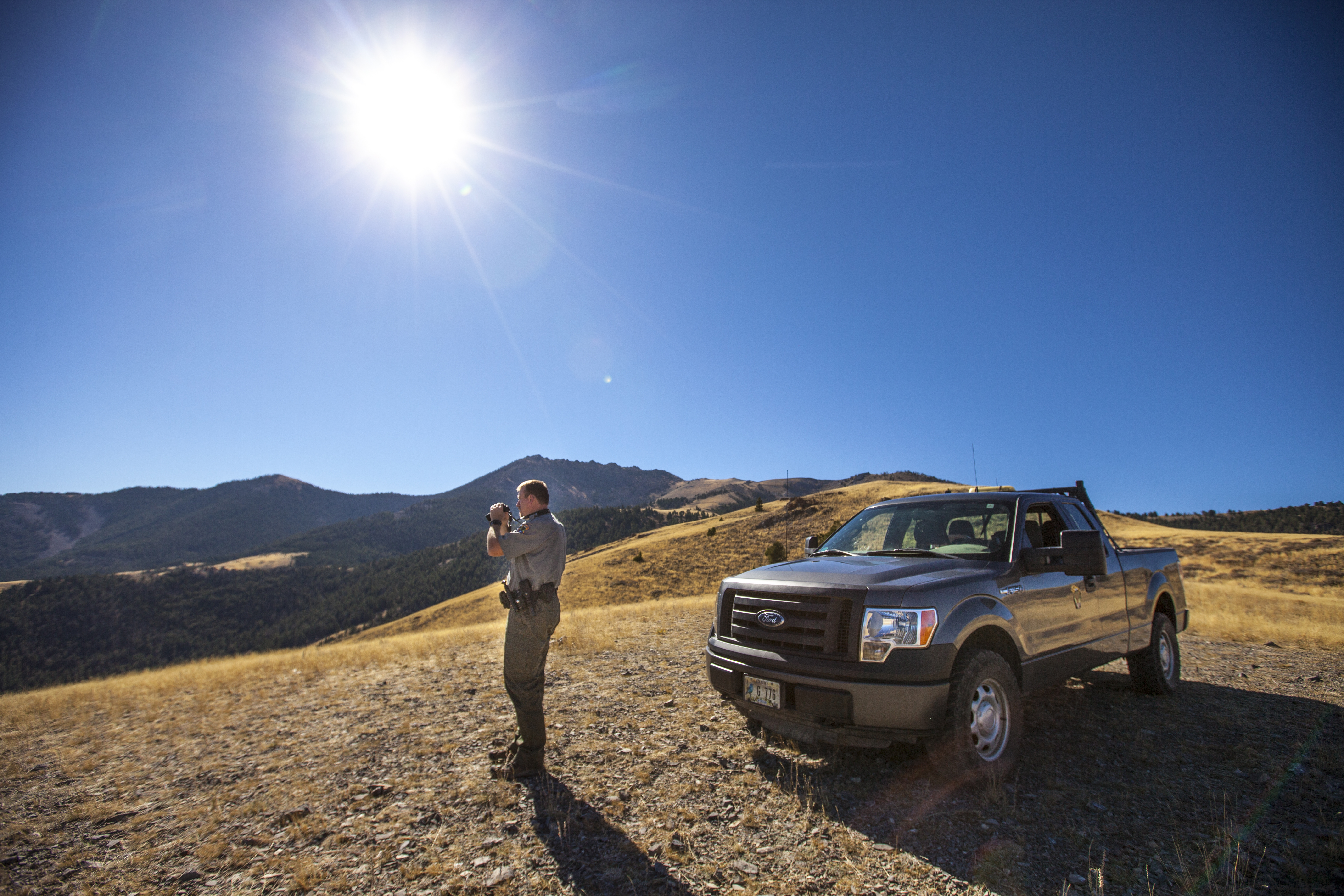
Enforcement
When Idaho became a state, fish and game statutes were enforced by state game wardens – political appointees who served at the pleasure of the governor.
In 1938, a voter referendum established the Idaho Fish and Game Commission, which removed Fish and Game staff from direct political control and made possible a truly professional resource agency focused on a single mission: preserving and perpetuating fish and wildlife resources.
Over the years, enforcement responsibilities expanded to include boating regulations, water resources and state lands statutes, and livestock rustling laws.
Conservation officers handled most of this activity, in addition to enforcing fish and game laws and collecting scientific data. They learned on the job, with little formal training except firearm instruction alongside local sheriff or police department personnel. They also assisted local, state and federal law-enforcement personnel upon demand.
When the Idaho Peace Officers Standards and Training Academy opened in 1970, POST certification became mandatory for all Idaho conservation officers. In 1978, the Idaho Legislature granted peace officer status to Fish and Game conservation officers.

Today's conservation officers must also have knowledge of natural resources with at least four upper level college courses in wildlife management and hold a bachelor's degree in wildlife or fisheries management or closely related fields. They are highly-trained and dedicated professionals. And they cover a lot of country; officers typically patrol an average of more than 1,000 square miles.
Information for Conservation Officer Job Seekers
Overview
Review an overview of what our officers do and about our hiring process.
The Interview Process
An estimated time frame for the hiring process to become an Idaho conservation officer.


